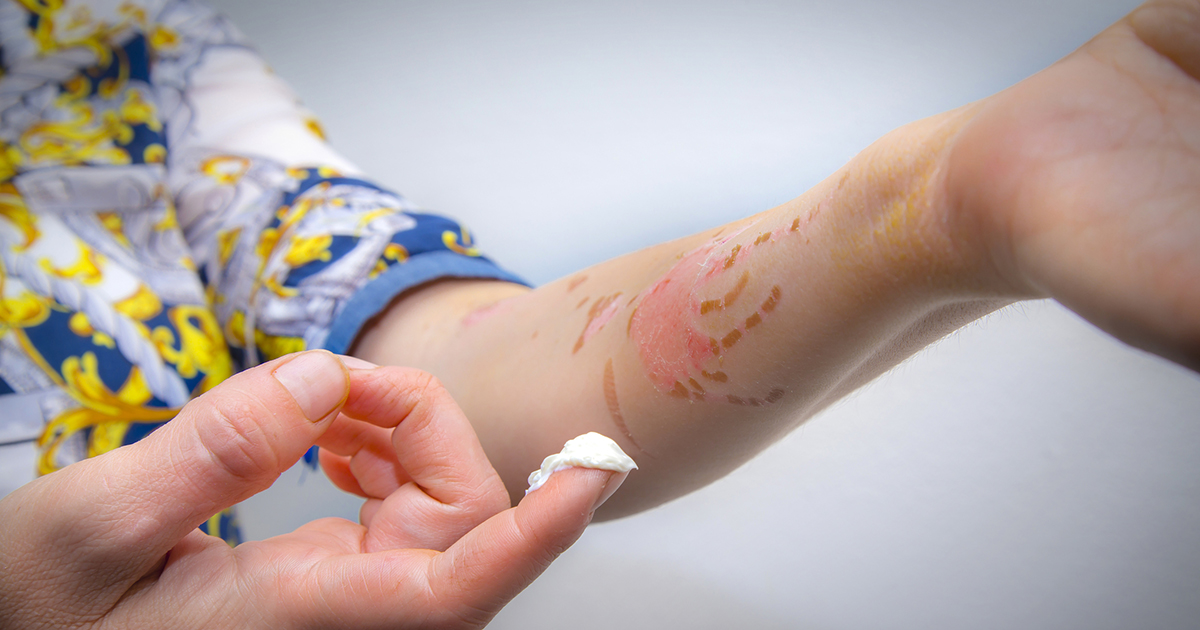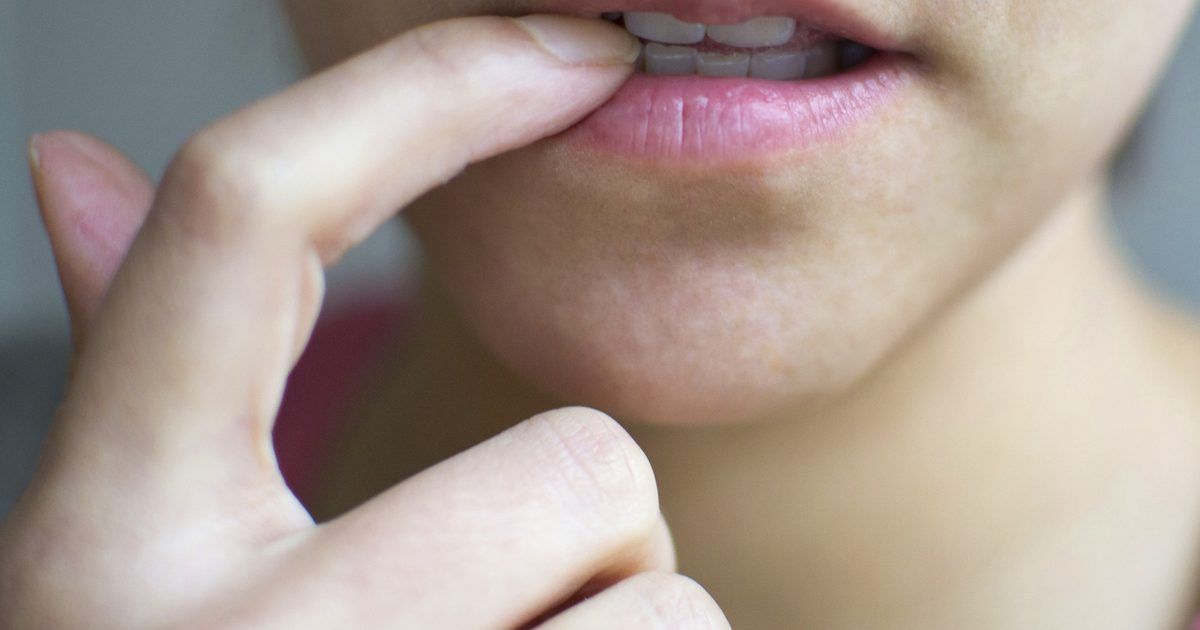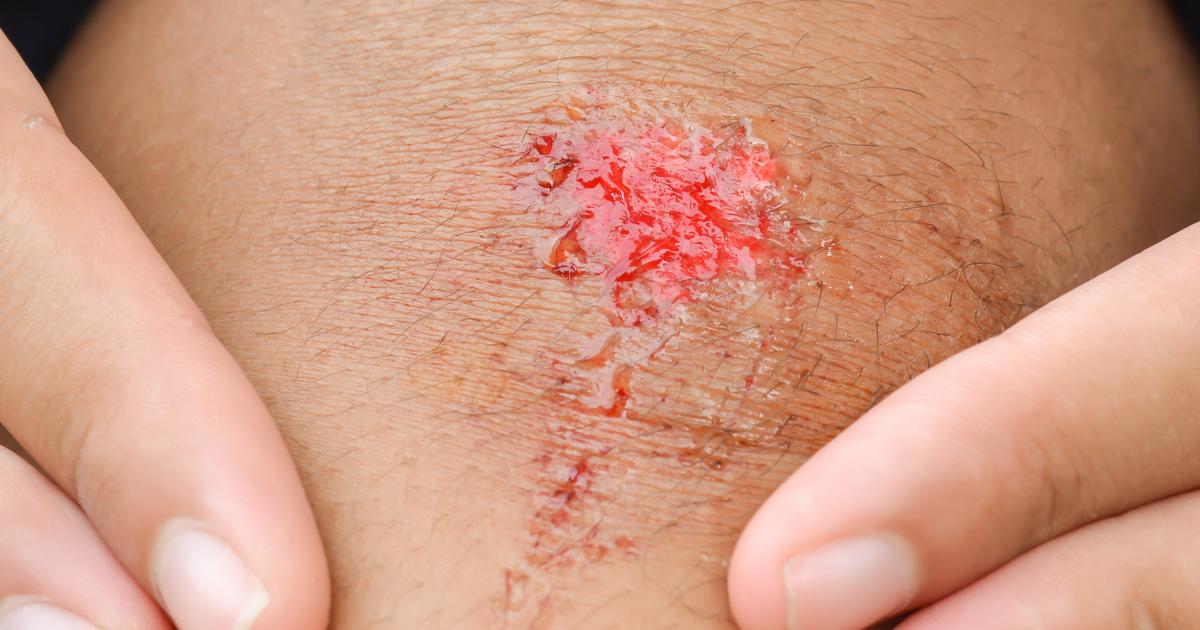Warning Signs Of Dermatophagia
Dermatophagia is a body-focused repetitive behavior that causes someone to gnaw or bite their skin, especially around the fingers. The disorder involves conscious and unconscious biting on the skin around the nails and knuckles. This biting leads to discoloration, pain, bleeding, and scarring. Typically, dermatophagia does not include the consumption of the skin being bitten. The disorder can be associated with obsessive-compulsive disorder, which, by definition, would trigger someone to continue doing the behavior even though it is damaging the skin and causing pain. There are some telltale signs of the disorder that should be recognized when getting a diagnosis or assessment. Additionally, the chewing can occur on various parts of the body, like the inside of the mouth, fingers, and lips.
Presence Of Red And Raw Skin

This disorder is more serious than just periodic pulling or biting of the skin around the fingers and fingernails. This is a compulsion the patient dealing with dermatophagia cannot really control. When the patient continues to bite the skin around their fingernails, they will cause red and raw skin. It can be bloody and painful, but the patient continues to do it regardless of discomfort. It can cause them to isolate themselves because they are very self-conscious of the condition of their fingers. They may feel embarrassed by their condition and try to hide it. Understanding dermatophagia is not just a habit is important. This distinction will allow a patient to get help with managing the chewing of the skin around the nails that causes sore, bleeding, and painful fingers.
Keep reading to learn more about the warning signs of dermatophagia now.
Scarring Or Skin Discoloration

Constant and continuing gnawing at the skin can cause scarring or skin discoloration. This would mean even if dermatophagia is treated and the patient discontinues chewing on the skin, it may not heal to the point damage is not seen. It can cause permanent skin discoloration, which can still be embarrassing. It can also cause calluses and scarring that make the fingers look unattractive and damaged. The longer dermatophagia goes untreated, the more damage that can be inflicted on different areas of the body. Just like having actively chewed on the skin can cause an individual to isolate themselves, so can the resulting scarring and skin discoloration. Having to hide one's hands from others is difficult because many individuals use their hands when they speak and greet others by shaking hands. It is uncomfortable for patients with dermatophagia to put their disorder on display by engaging in these activities.
Get details on more symptoms of dermatophagia now.
Frequent Gnawing On Skin

The frequent gnawing on the skin is a typical presentation of a patient with dermatophagia. They gnaw on their skin on various places of the body. The most typical is the fingernails, knuckles, and inside of the mouth. The discomfort of the chewing and resulting pain do not stop the patient from continuing the behavior. They will continue the behavior even though their fingers may bleed and be painful. Additionally, patients might chew on the inside of their mouth and lips. The damage caused by chewing on these areas is easier to hide than other places. This can be bad because there is no deterrence, other than the pain, a patient might be subject to. Therefore, there could be extensive damage that could result in sensitivity to temperature and ingredients in various foods and drinks.
Uncover more information about the various warning signs of dermatophagia now.
Bleeding Skin

If there is bleeding skin, it can lead to infection. Open wounds are breeding grounds for bacteria and infection. If this happens, the patient might experience swelling, redness, discharge of pus, and pain. In order for the affected area to remain free of infection, it really needs to be covered. This causes a problem because the patient will want to continue chewing on the skin. However, if the areas are covered, it might be harder for chewing to continue. However, patients suffering from dermatophagia do not get deterred from chewing on their skin easily. For them, it is a compulsion and even pain and pus will not make them stop the behavior. They need help in tackling the disorder, so they can stop or reduce the chewing on their skin.
Learn more about how to identify dermatophagia now.
Behavior Is Significantly Distressing

Patients suffering from dermatophagia find the behavior significantly distressing. They try to hide the affected areas because they are embarrassed and do not want to have to explain it to everyone. However, others might not ask what is going on, but they might find the damage abhorrent and not want to shake hands or engage in any activity that requires touching. If the area being chewed is in the mouth, it might restrict the patient from drinking hot beverages or eating food with spices because they will probably cause pain. However, as the damage continues, it can result in scarring that will prevent the patient from feeling things that are too hot or too cold. This can cause burns to the inside of the mouth because they cannot accurately determine if something's temperature is too extreme to drink. All of these situations can cause an individual to be distressed and withdraw themselves from group settings, so they can avoid being uncomfortable.
